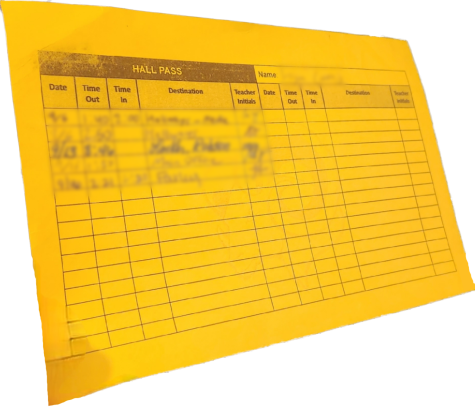A New Uproar: Hall Passes
September 17, 2022
 With every new year, there seems to be something new introduced to Penns Valley that upsets the students. In the previous year, many students made their thoughts clear about the new Chromebooks and new rules prohibiting backpacks in the hallways. This year, yet another rule seems to be causing an uproar in the student body: hall passes, a yellow slip of paper that requires a signature to allow hallway access during class. For more information about the new rule, please look at page 47 of the student handbook. This new rule has been a common talking point amongst students with many expressing dislike over the new system. But, what exactly about this new system is causing these reactions?
With every new year, there seems to be something new introduced to Penns Valley that upsets the students. In the previous year, many students made their thoughts clear about the new Chromebooks and new rules prohibiting backpacks in the hallways. This year, yet another rule seems to be causing an uproar in the student body: hall passes, a yellow slip of paper that requires a signature to allow hallway access during class. For more information about the new rule, please look at page 47 of the student handbook. This new rule has been a common talking point amongst students with many expressing dislike over the new system. But, what exactly about this new system is causing these reactions?
“It’s overbearing and infringing,” says Andrew Ruoff, a local hall pass unenjoyer. “As a student enters the building, they already shed many rights. Why lose more?” He goes on to say that the hall passes are also “redundant and inconvenient because we already had sign-out sheets and notes from the main and counseling offices.”
Mason Green also comments on the hall pass situation. “I don’t enjoy them because they take time out of our day and our teacher’s day. I feel like we are close enough to being adults to go to the bathroom without having to sign a pass.”
Mrs. Fellin Interview

Many students dislike hall passes because they feel they are tedious and seem to have little purpose. Jessica Fellin, Vice Principal of Penns Valley Junior Senior High School, has taken the time shed some light on this situation. The point of the hall passes is twofold: maximizing instructional time by having students travel the halls less and having teachers know where their students are. So far, these goals seem to have been fulfilled. Just within the last few weeks, fewer students have been on their phones in the hallways during class. The nurse and counselors have also been contacting teachers if a student goes to a different destination than their hall pass dictates, making it so teachers know where their students are in case an emergency arises.
Mrs. Fellin also elaborated on the different columns on the hall pass. She admits that the “Time In” column is a little unneeded since many do not fill it out anyway. She expresses that she might consider removing it in future years. The “Date” and “Time Out” columns are important, though, because they allow teachers to see if a student has been leaving the classroom too much and to keep track of how long they have been out. The Ram Time side of the hall pass has an additional column entitled “Receiving Teacher”. Mrs. Fellin said that this column was mainly implemented because of the lack of teachers. Many teachers have to substitute for others; just because the student has a common routine for Ram Time with one teacher does not mean the substitute teacher will know about it.
All of the backlash involving the hall passes was expected by the administration. Mrs. Fellin states that the hall passes are “something else you have to learn to get back into the routine.” She explains that it has been a few years since agendas were put in place, so the pushback was anticipated. She expects students to slowly adjust to having hall passes, having them eventually be just another thing students use.
Hall passes were chosen because it was similar to what had come before. One of the other ideas was an electronic hall pass. This would function by scanning a QR code with a phone when leaving the room. This idea was scrapped for several reasons. The summer period was not long enough to troubleshoot all of the issues that could arise with the technology. The more pressing problem, however, was the new rule of phones not being allowed outside of lockers for seventh and eighth graders. This would mean the seventh and eighth graders would need to scan the QR codes with their Chromebooks, which is simply a hassle the administration would rather avoid.
This is not to say the hall passes were a quick change. The whole process was simulated and the results were interesting: not only did they not hinder instructional time but they actually improved it. The process of a student raising their hand and having their pass signed has proven to be faster than telling the teacher where they are going and getting approval.
Whether or not students like it, hall passes are here to stay. As Mrs. Fellin put it, “Safety is in the forefront of administrators’ minds. Even if [hall passes] make it harder to go out of the class, in reality that’s kind of a good thing. The class is where we want you to be because that is the safest place for you in the building.”

